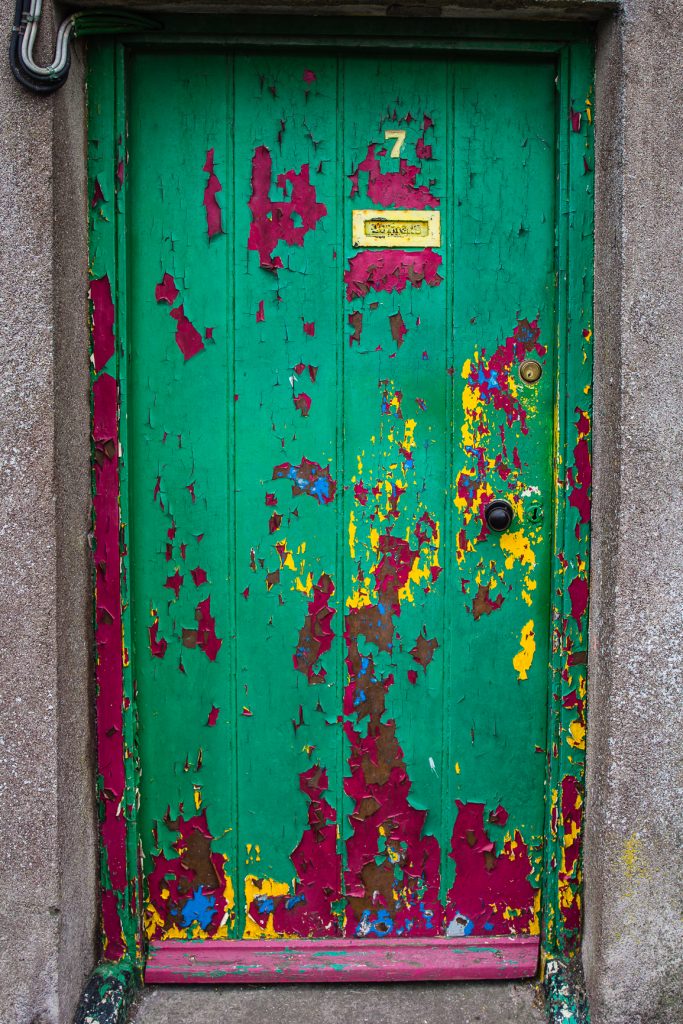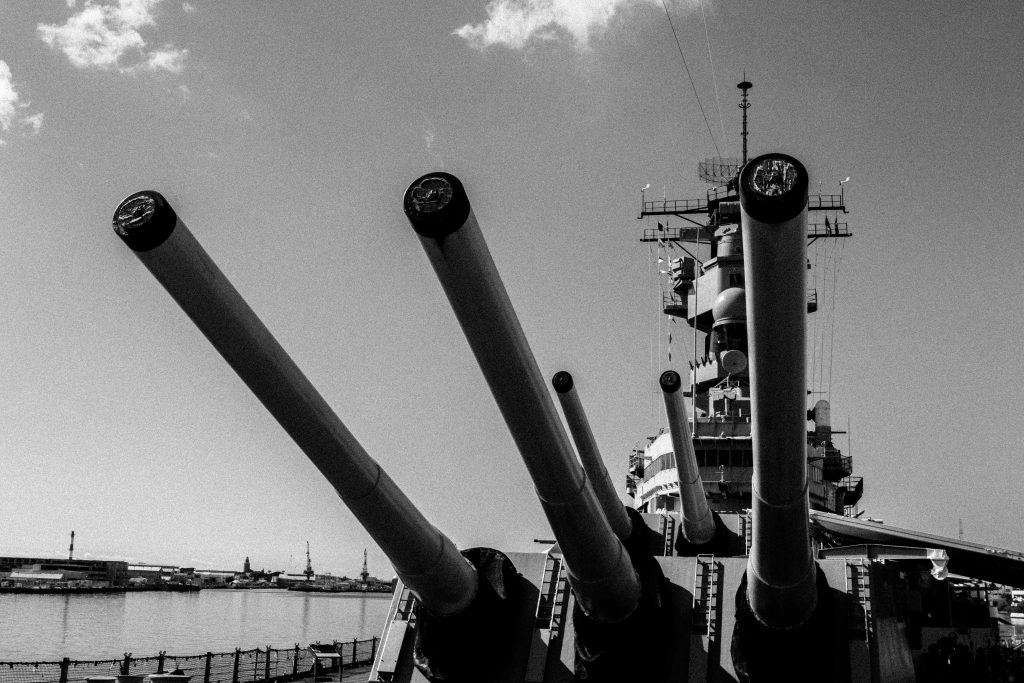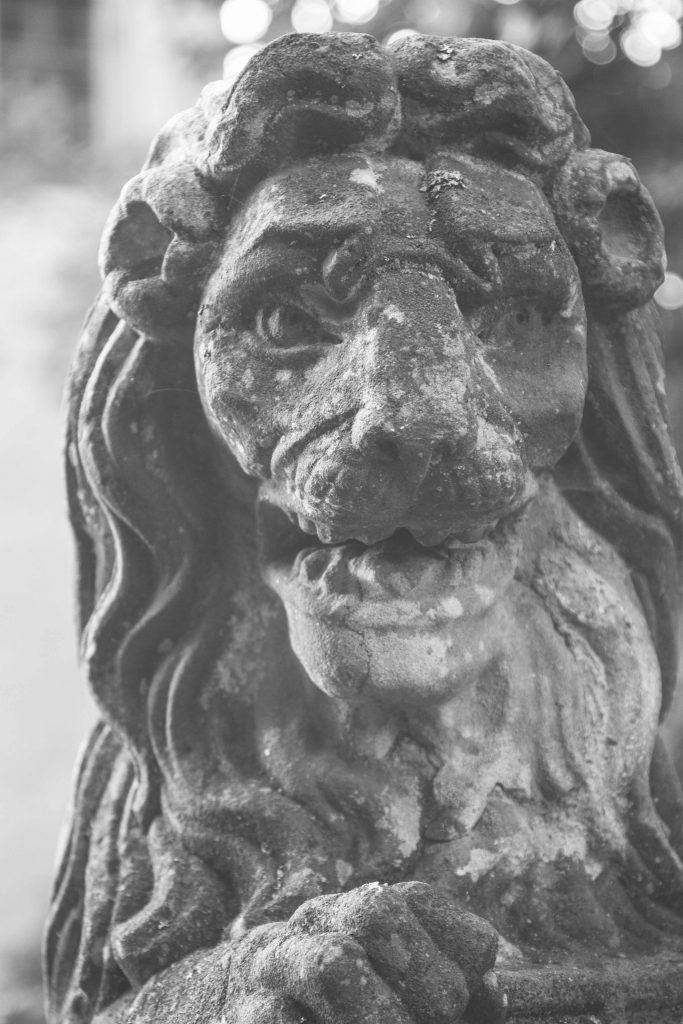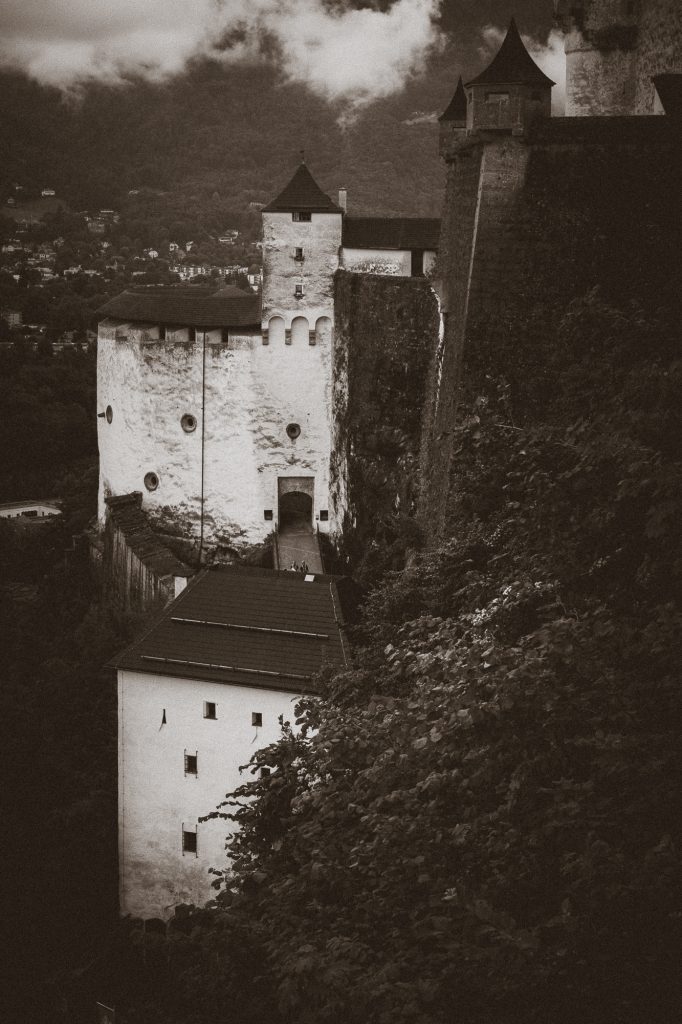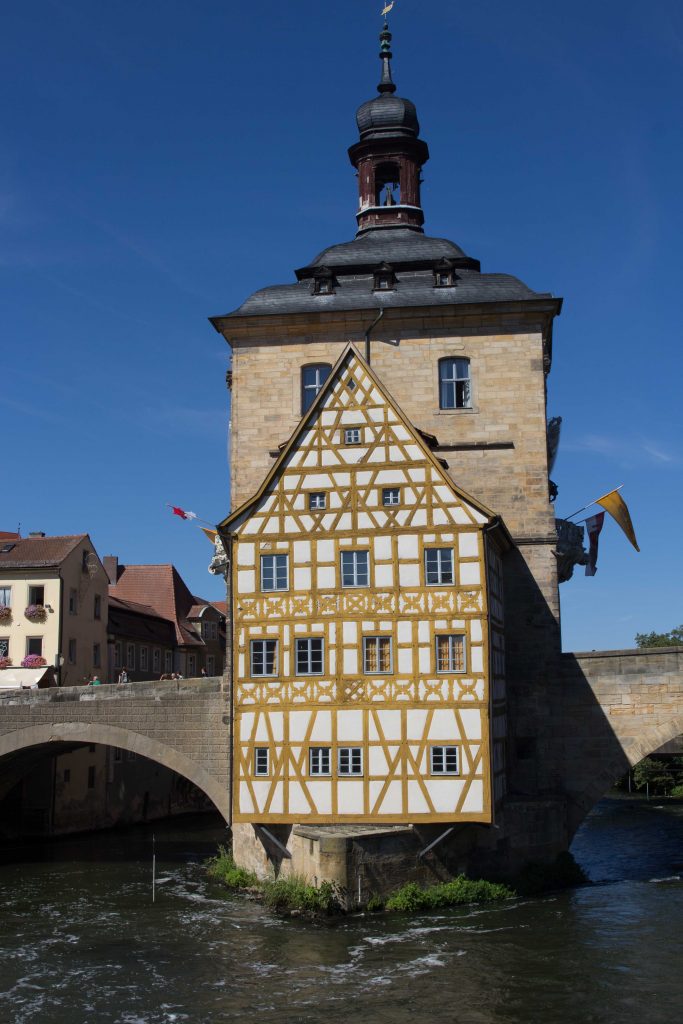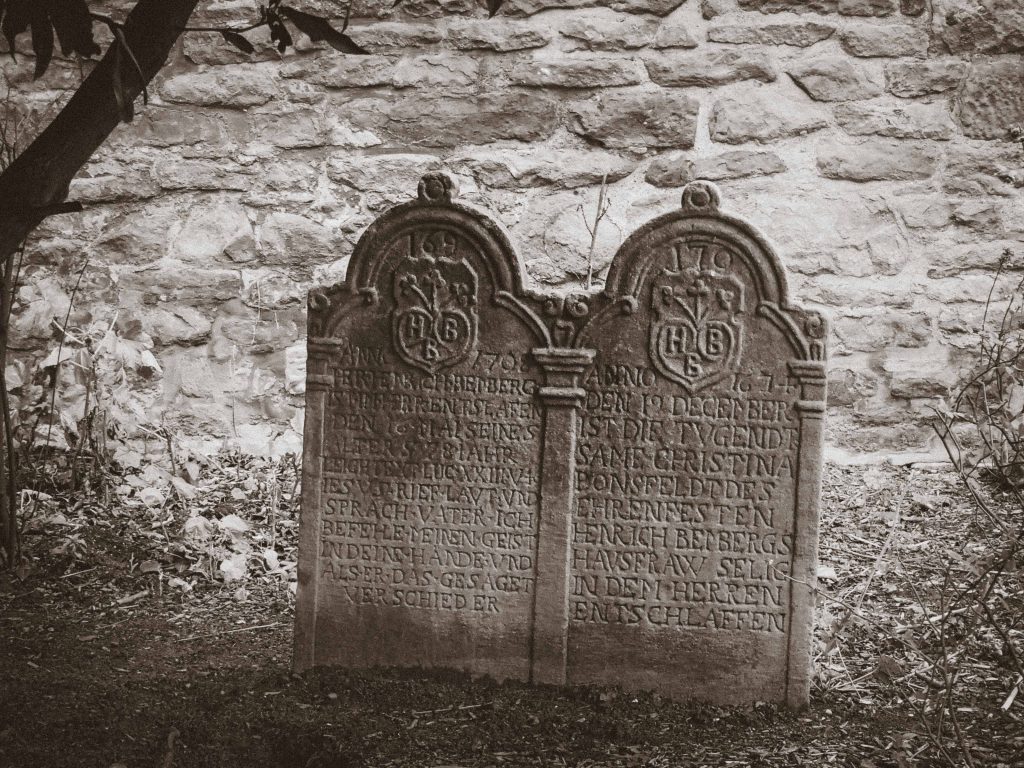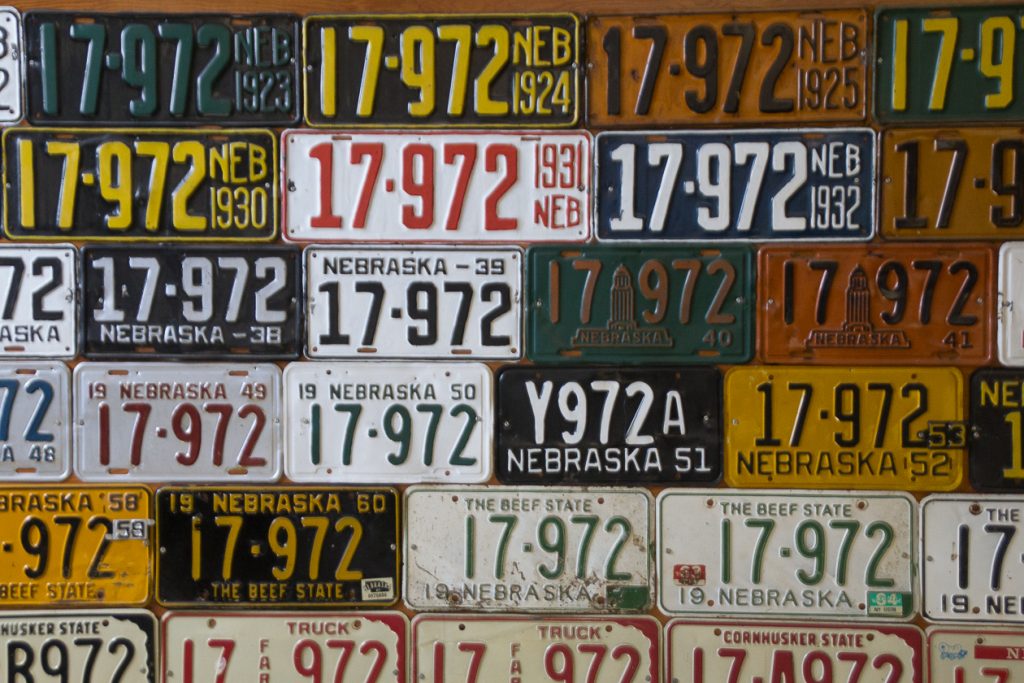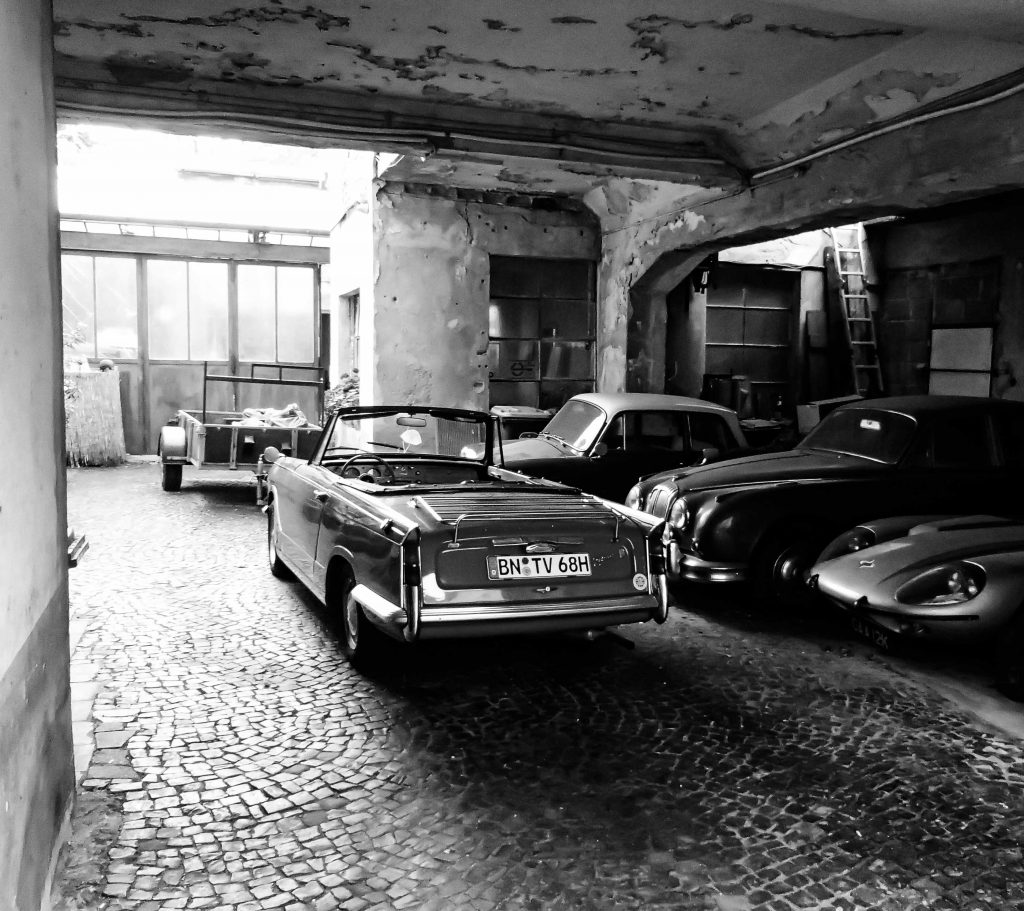
Medieval Miracle
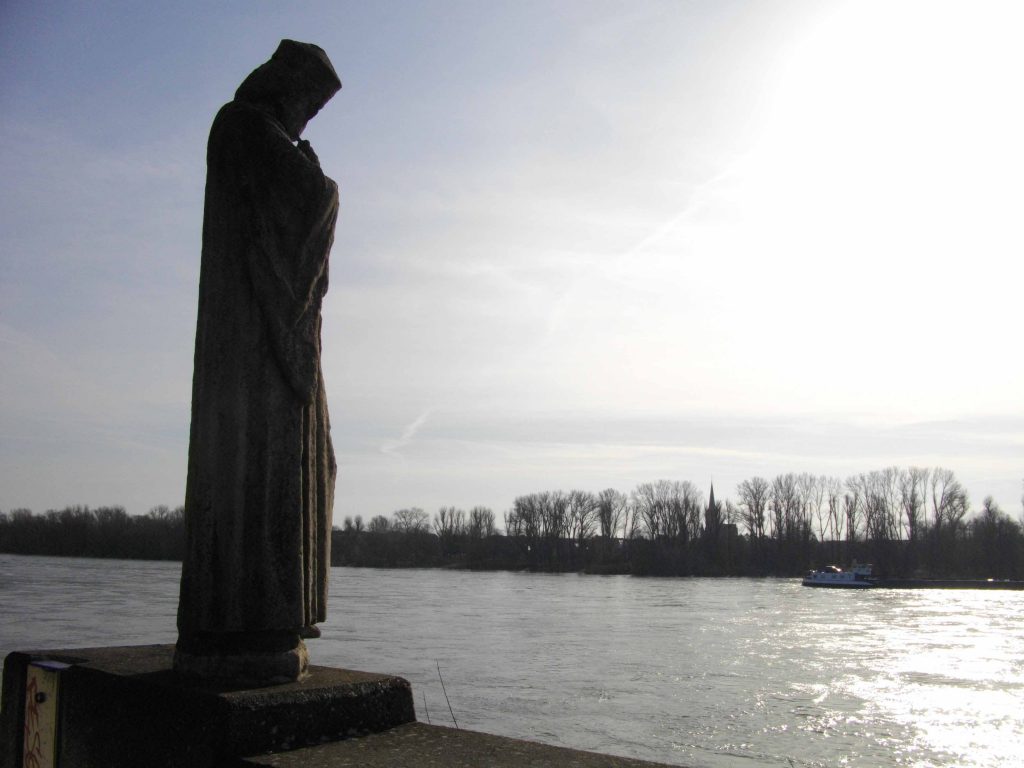

You easily walk past this tiny chapel on the outskirts of Cologne. It is close to the river, yet obscured by small brick houses that were built in the 1800s. They are often designated as fishermen’s houses although not all of them were inhabited by fishermen and their families. The first mention of this chapel dates back to 1433.


It was destroyed during the bombardments of the Second World War and reconstructed in the 1960s. Its patron saint is St. George. Just like its bigger brother, the St. George church a few hundred yards upriver, the chapel’s history is bound up with the proximity of the river.

Nowadays, the small chapel is seldom used for worship these days and often the door is closed for security reasons as vandalism and theft happens. You have to be fortunate to discover the impressive interior.

Wooden beams hold the roof. Frescoes tell the story of the bible. Sculptures evoke the dangerous work of those living by and through the river. An anchor leans on the wall.








Single Shot
Single Shot
To the tank wash

The former military training area to the south-east of Cologne is known as the Wahner Heide. It has a long history of use as a testing ground for tank maneuvers for German and Allied forces. Before it was decommissioned and opened to the public, the vast heath had to be thoroughly searched for explosives and munitions.

Even today, warning signs remind the hiker not to leave the marked paths. Some electronic fences still bar access. The Belgian tank troops were stationed in Camp Altenrath. When they came back from playing in the mud with their heavy machinery, they first had to pass the “tank wash”, a cleverly designed street with steel-covered concrete slabs. They would shake the entire tank while water jets would perform a cleaning job. No dirty tank allowed back on the base, please!

The whole area is now a nature preserve, and where the mud flowed, there is a little basin which allows rare plants and tiny protected animals to thrive.



